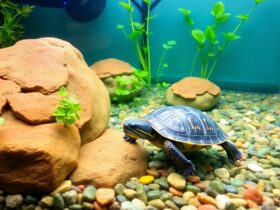Keeping your turtle’s habitat at the right humidity isn’t just a nice-to-have; it’s a must for their well-being. Turtles, especially those from humid environments, rely on the right moisture levels to keep their skin healthy and their respiratory systems functioning. Without it, they can face serious health issues. Whether you’re new to turtle care or just looking to refine your setup, understanding how to maintain proper humidity is key.
Understanding the Importance of Turtle Humidity
Why Humidity Matters for Turtles
Humidity is a big deal for turtles, just like it is for plants like the String of Turtles. High humidity mimics their natural environment, helping them stay healthy and comfortable. Without the right moisture levels, turtles can get stressed out, and their health might take a hit. Think of it like this: when the air is too dry, it’s like living in a desert when you’re used to a rainforest. Not fun, right?
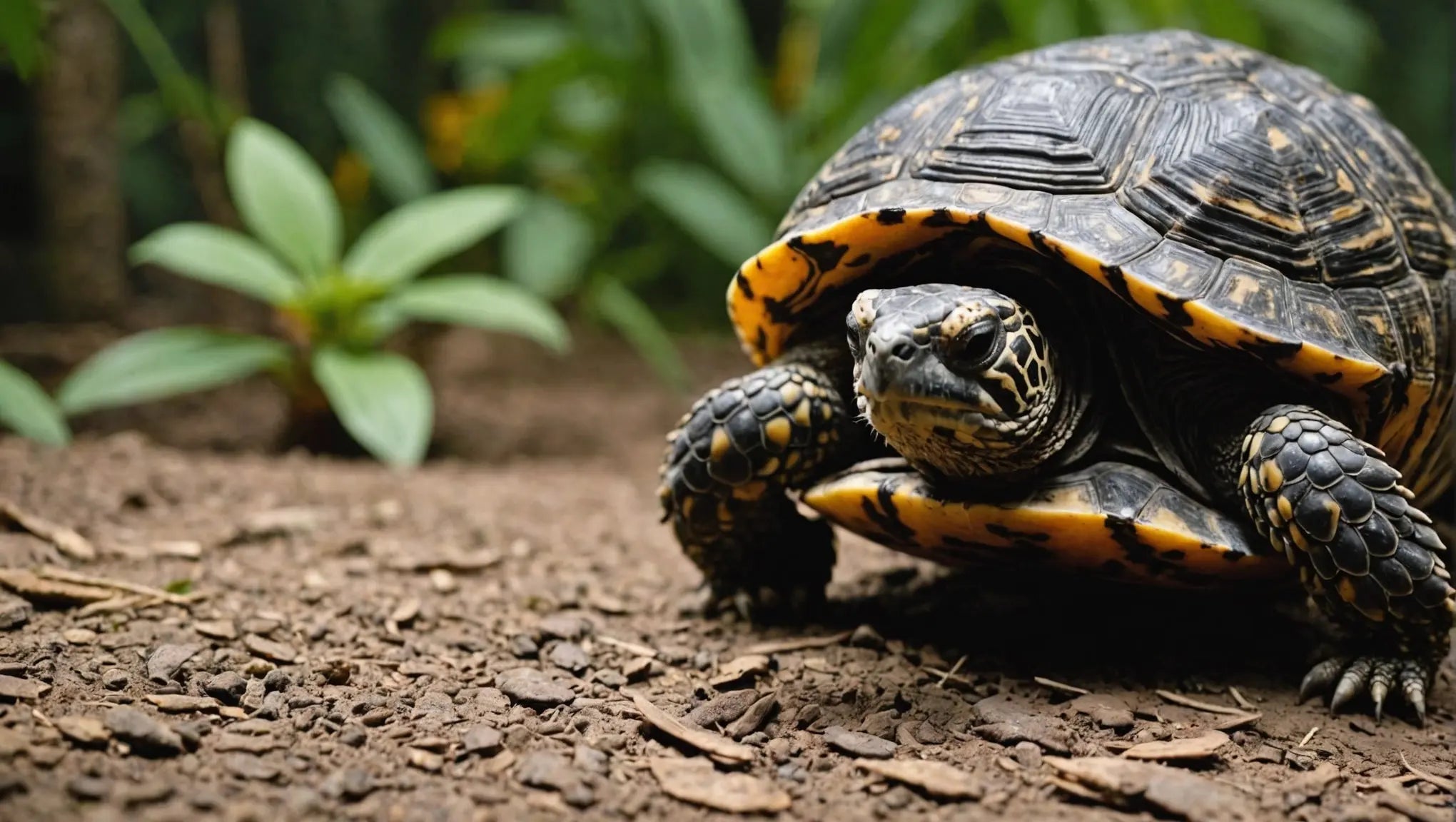
Health Risks of Improper Humidity
When turtles don’t get enough humidity, they can face some serious health issues. We’re talking about problems like respiratory infections, which are no joke. Dry air can also lead to swollen eyes and even ear infections. On the flip side, too much humidity isn’t great either—it can lead to mold and bacteria growth, which can mess with your turtle’s health.
Signs Your Turtle Needs More Humidity
So, how do you know if your turtle’s feeling the humidity blues? Here are a few signs to watch out for:
- Dry, flaky skin: Just like us, turtles can get dry skin if the air isn’t humid enough.
- Lethargy: If your turtle seems less active than usual, it might be struggling with the humidity levels.
- Breathing difficulties: Listen for any wheezing or labored breathing; it’s a red flag for humidity issues.
“Keeping an eye on your turtle’s behavior and environment can make all the difference in maintaining their health.”
If you notice any of these signs, it’s time to check the humidity levels and make some adjustments to your turtle’s habitat. And remember, setting up a suitable habitat is key to keeping your turtle happy and healthy.
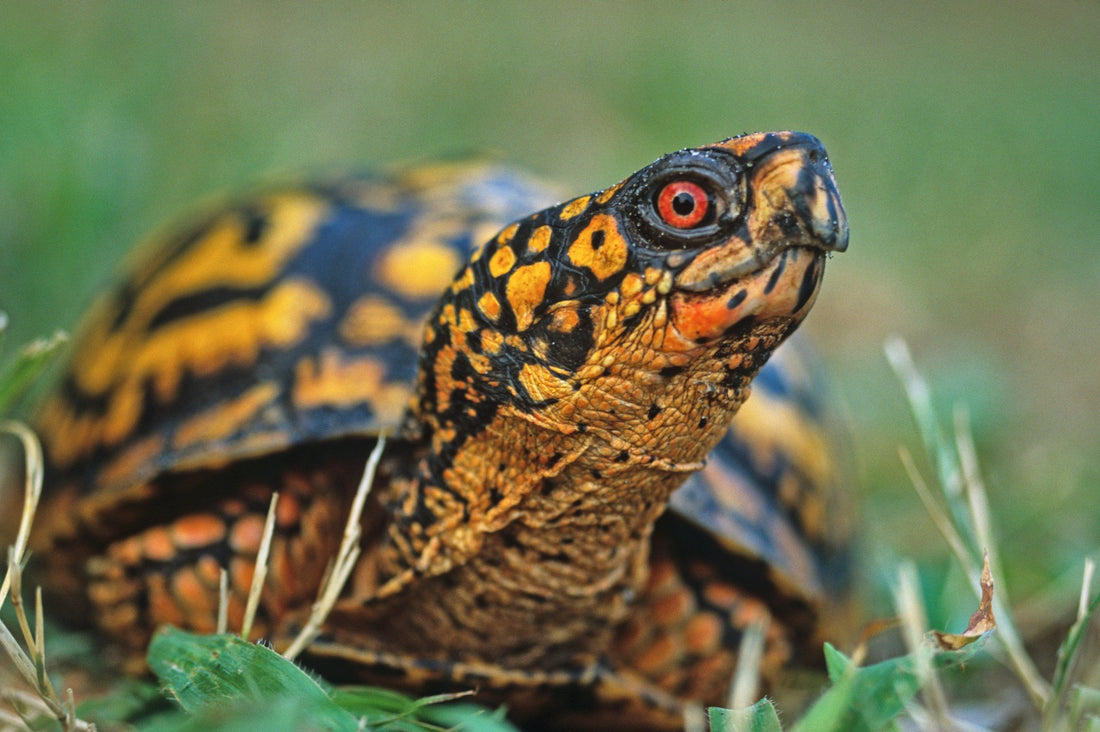
Creating the Ideal Humidity Environment for Turtles
Choosing the Right Enclosure
Setting up the right habitat for your turtle is more than just picking a tank. It’s about creating a balanced environment that meets their specific needs. First, you need a sturdy enclosure that can hold both water and land areas. Turtles love to bask, so include a platform where they can dry off. Make sure there’s enough space for them to move around comfortably.
- Choose materials that don’t retain too much moisture to avoid mold.
- Ensure the enclosure has a secure lid to prevent escapes.
- Consider the size of your turtle when selecting the enclosure.
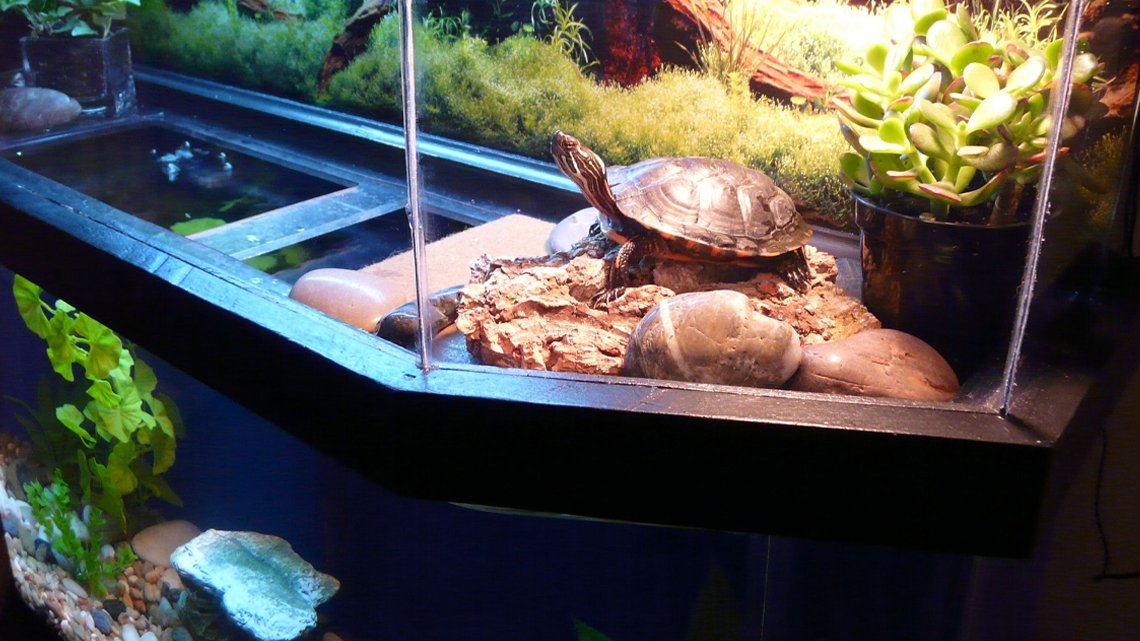
For more detailed advice on creating a suitable turtle habitat, consider looking into essential equipment that can enhance their living space.
Using Substrates to Maintain Humidity
Substrates play a crucial role in keeping the humidity levels just right. Opt for a mix that can hold moisture without becoming waterlogged. Coconut coir, sphagnum moss, or a blend of soil and sand can work wonders.
- Keep the substrate moist but not soaking wet to prevent bacteria growth.
- Regularly check and replace the substrate to maintain a clean environment.
- Consider layering the substrate with gravel underneath to help with drainage.
Incorporating Water Features
Water features can significantly boost the humidity in your turtle’s enclosure. A simple water dish not only provides a place to drink but also adds moisture to the air as it evaporates.
- Ensure the water is shallow enough for your turtle to access easily.
- Use a filtration system to keep the water clean and free from bacteria.
- Consider adding a small waterfall or bubbler for continuous humidity increase.
Creating a humid environment is not just about adding water; it’s about maintaining a balance that supports your turtle’s health and well-being. By choosing the right enclosure, substrates, and water features, you can ensure your turtle thrives in a habitat that mimics their natural environment.
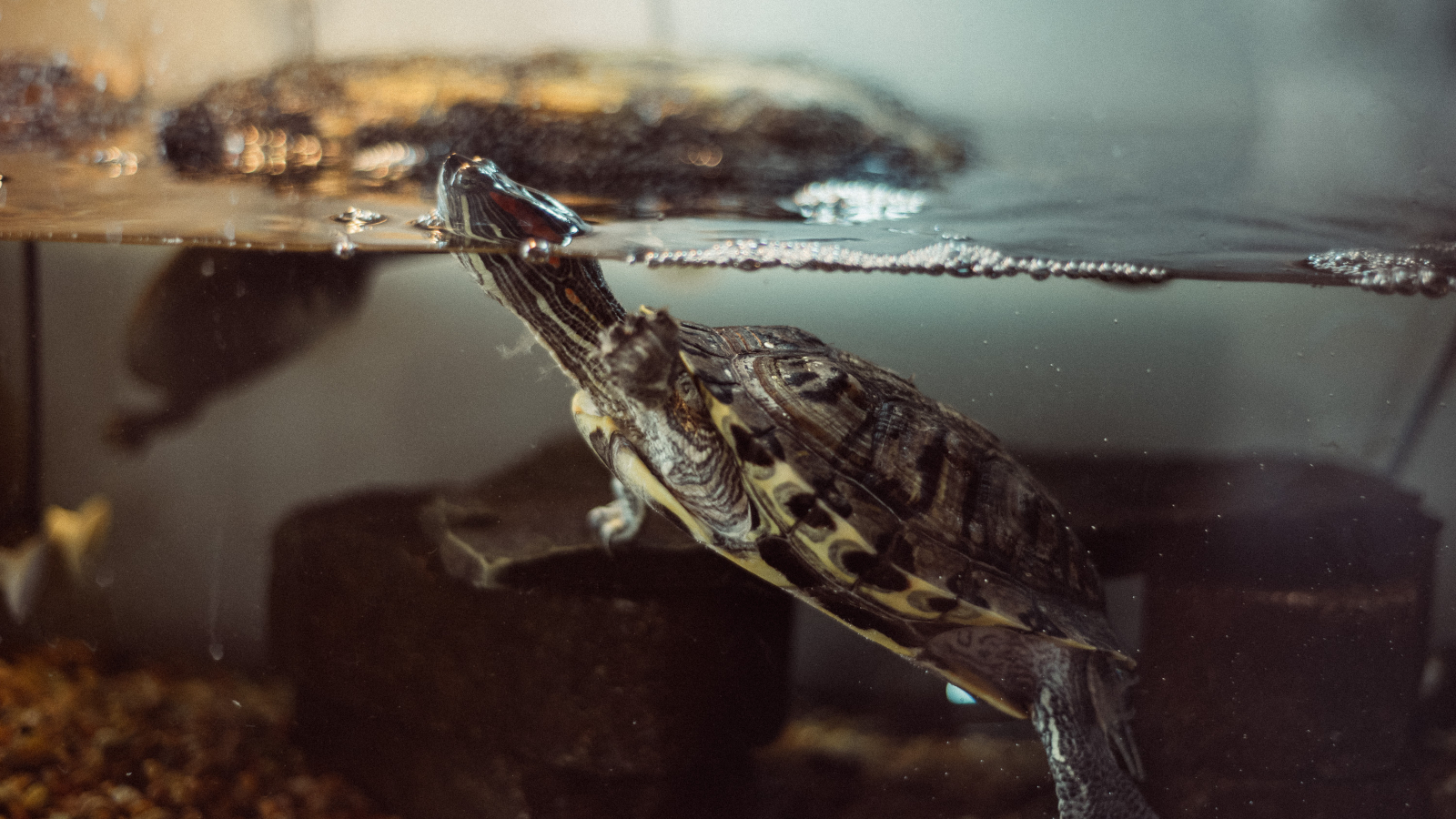
Tools and Techniques for Monitoring Humidity
Using Hygrometers Effectively
When it comes to keeping your turtle’s environment just right, a hygrometer is your best buddy. This little device measures how much moisture is in the air. A hygrometer helps you keep tabs on humidity levels in your turtle’s habitat, ensuring they stay within a healthy range. Place it in a spot where your turtle spends a lot of time, but make sure it’s not getting hit by direct sunlight or a draft. Check it at different times of the day to see how humidity changes. This will help you adjust things if needed.
Adjusting Humidity Levels
So, you’ve got your hygrometer readings, and now you need to tweak the humidity. Here’s a quick list to help you out:
- Boosting Humidity:
- Reducing Humidity:
Common Mistakes in Humidity Monitoring
Getting the humidity just right can be tricky, and there are some common pitfalls. One mistake is relying solely on misting to manage humidity—while it might help short-term, it doesn’t last. Also, be cautious of overwatering the substrate, as this can lead to mold. Lastly, don’t forget about room temperature; it affects how much moisture the air can hold. Keeping these factors in mind will help you avoid the usual humidity hassles.
Proper humidity is crucial for your turtle’s well-being. It affects everything from their skin health to their overall comfort. By using the right tools and techniques, you can create a balanced environment that keeps your turtle happy and healthy.

Natural Ways to Increase Humidity for Turtles
Utilizing Plants and Vegetation
Adding plants to your turtle’s habitat can naturally boost humidity. Plants like ferns and mosses release moisture into the air, creating a more humid environment. Choose species that thrive in high humidity, as they will be more effective. Placing these plants strategically around the enclosure can help maintain consistent humidity levels. Remember, live plants also improve air quality and provide a more natural setting for your turtle.
Setting Up Misting Systems
Misting systems are a great way to automate humidity control. These systems periodically spray water into the environment, mimicking the natural dew and rain turtles might experience in the wild. When setting up a misting system, ensure it covers the entire enclosure evenly. Avoid over-misting, as this can lead to excessive moisture and potential mold growth. A timer can be helpful to regulate misting intervals, keeping the humidity balanced.
Creating Humid Hides
Humid hides offer turtles a retreat where they can bask in higher humidity. To create one, line a small container with moist substrate or sphagnum moss and place it in a corner of the enclosure. The turtle can enter this hide when it needs more moisture. It’s essential to monitor and refresh the substrate regularly to prevent mold and bacteria. Humid hides not only help with humidity but also provide a sense of security for your turtle.
In the wild, turtles often seek out humid microenvironments to regulate their moisture levels. By recreating these conditions in captivity, you promote healthier skin and respiratory function for your pet.
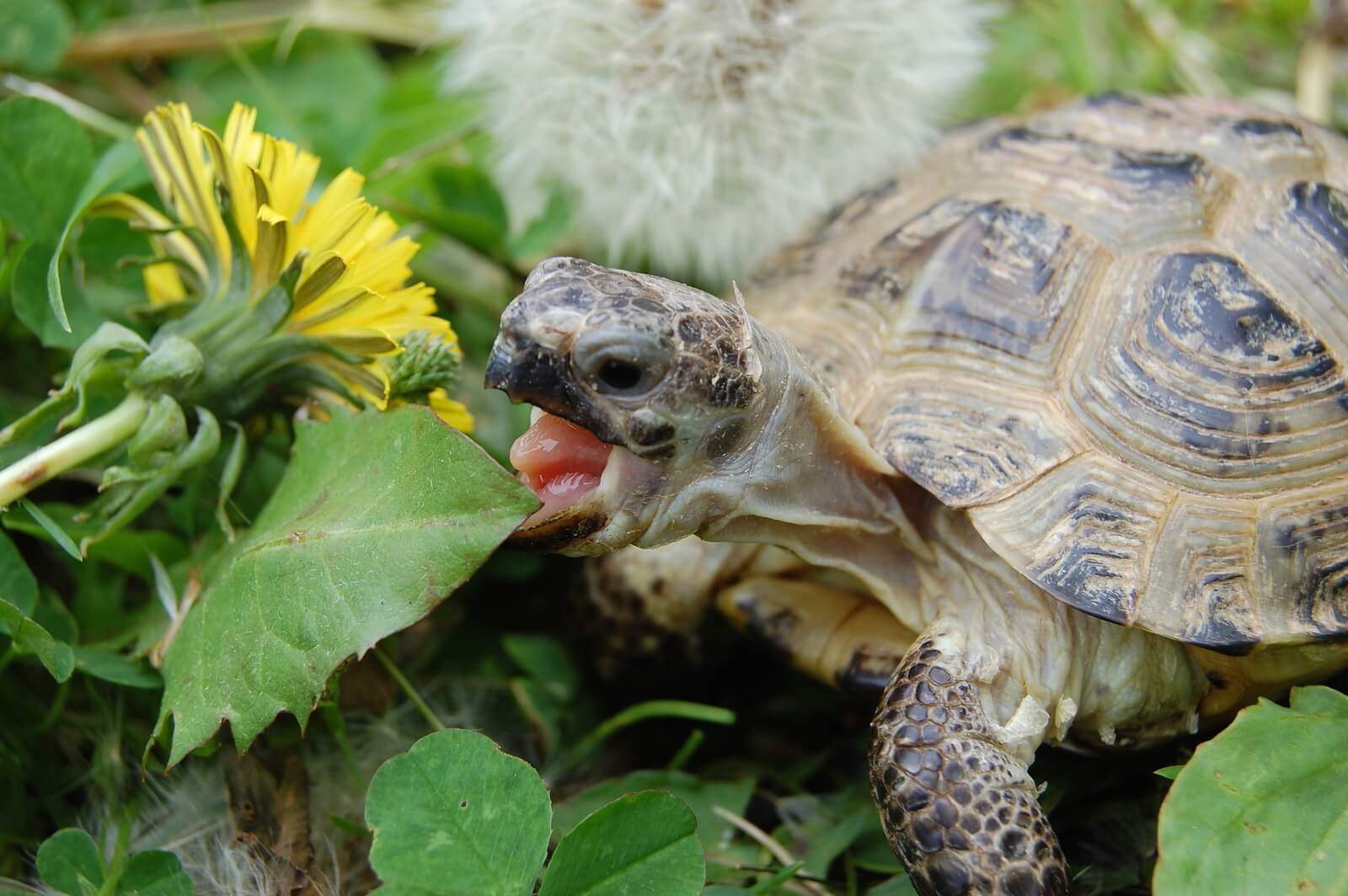
For more on maintaining a healthy turtle environment, consider enhancing the pond with plants and decorations to create a vibrant ecosystem.
Managing Humidity in Different Turtle Species
Humidity Needs of Box Turtles
Box turtles, surprisingly, have a range of humidity needs. While you might think they thrive in dry areas, even ornate box turtles need some moisture. They often burrow into the soil to find the right humidity level. Typically, box turtles do best with humidity levels between 60% and 80%. For those living in more humid regions like the Gulf Coast, you can push it up to 90%. It’s all about creating a cozy, moist environment for them to feel at home.
Special Considerations for Desert Turtles
Desert turtles, like the name suggests, are used to drier climates. But don’t let that fool you into thinking they can do without humidity. These turtles have adapted to survive with minimal moisture, yet they still require some level of humidity to prevent dehydration and other health issues. A shallow water dish can help maintain the necessary moisture without overwhelming them.
Adapting to Seasonal Changes
Turtles are sensitive to changes in their environment, and seasonal shifts can impact humidity levels in their habitat. During dryer months, you might need to step up your game with a humidifier or by misting their enclosure more frequently. Conversely, in more humid months, ensuring proper ventilation is key to prevent excess moisture that can lead to mold or respiratory issues.
Remember, each turtle species has its unique needs, and understanding these can help in providing a suitable habitat. Regularly checking and adjusting the humidity levels can make a significant difference in your turtle’s health and happiness.
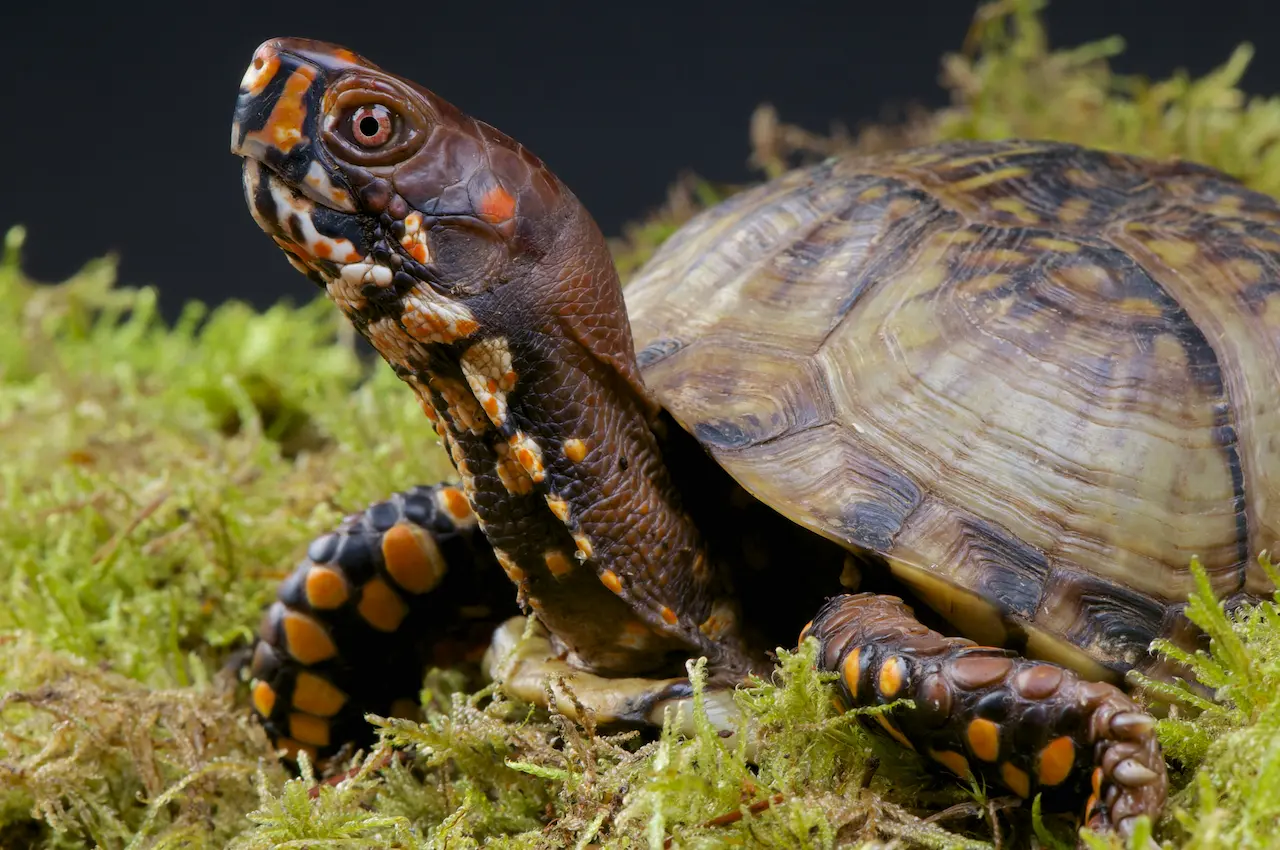
For more detailed guidance on creating a suitable habitat, consider exploring caring for turtles. Keeping their environment just right is crucial for their well-being.
Troubleshooting Common Humidity Issues
Dealing with Excess Humidity
Sometimes, the humidity in a turtle’s habitat can get too high, which isn’t ideal. Too much moisture can lead to mold growth and respiratory problems for your turtle. To manage this, consider these steps:
- Improve Ventilation: Ensure there’s enough airflow in the enclosure. You might want to use a small fan to keep the air moving.
- Use a Dehumidifier: If the air is persistently damp, a dehumidifier can help lower moisture levels.
- Adjust Water Features: Sometimes, the water elements in the habitat can contribute to excess humidity. Reduce the water surface area if needed.
Preventing Mold and Bacteria
High humidity can create a breeding ground for mold and bacteria, which can be harmful to your turtle’s health. Here’s how you can prevent this:
- Regular Cleaning: Keep the habitat clean by regularly removing waste and uneaten food.
- Substrate Management: Use substrates that dry quickly, and avoid those that retain moisture excessively.
- Monitor and Adjust: Keep an eye on humidity levels and adjust them using the techniques mentioned above.
Balancing Temperature and Humidity
Finding the right balance between temperature and humidity is key to a healthy turtle environment. Here’s a simple approach:
- Consistent Monitoring: Use a combination of thermometers and hygrometers to keep track of both temperature and humidity.
- Adjust Heating Elements: Sometimes, adjusting the heat source can help balance humidity levels.
- Create Microclimates: Provide areas with different humidity and temperature levels to allow your turtle to choose what suits it best.
Maintaining the right humidity is a balancing act. It’s about making sure your turtle has a comfy, healthy space to thrive in. Keep experimenting with small changes until you find what works best for your turtle.

The Role of Humidity in Turtle Health and Behavior
Humidity plays a big role in how turtles grow and develop. Proper humidity levels help turtles shed their skin more easily, which is crucial for their growth. When the air is too dry, turtles can have trouble shedding, which might lead to skin infections or other health issues. In young turtles, the right humidity ensures that their shells and bones develop properly. Without enough moisture, their shells can become brittle and prone to cracks.
Behavioral Changes Due to Humidity
Turtles are sensitive to changes in their environment, and humidity is a major factor. When the humidity is just right, turtles tend to be more active and engage in normal behaviors like basking, swimming, and exploring their habitat. If the air is too dry or too moist, you might notice your turtle hiding more often or becoming lethargic. These changes in behavior can be a turtle’s way of telling you that something isn’t quite right with their environment.
Long-term Health Benefits of Proper Humidity
Maintaining the right humidity levels not only helps with immediate health concerns but also provides long-term benefits. Consistently good humidity levels can prevent respiratory infections, which are common in turtles kept in dry environments. Moreover, a well-maintained habitat reduces stress, which can boost the turtle’s immune system and increase its lifespan. In essence, when you keep the humidity in check, you’re setting your turtle up for a healthier and happier life.
Keeping your turtle’s habitat at the right humidity level is like giving them a comfortable home where they can thrive. It makes a huge difference in their overall health and happiness.
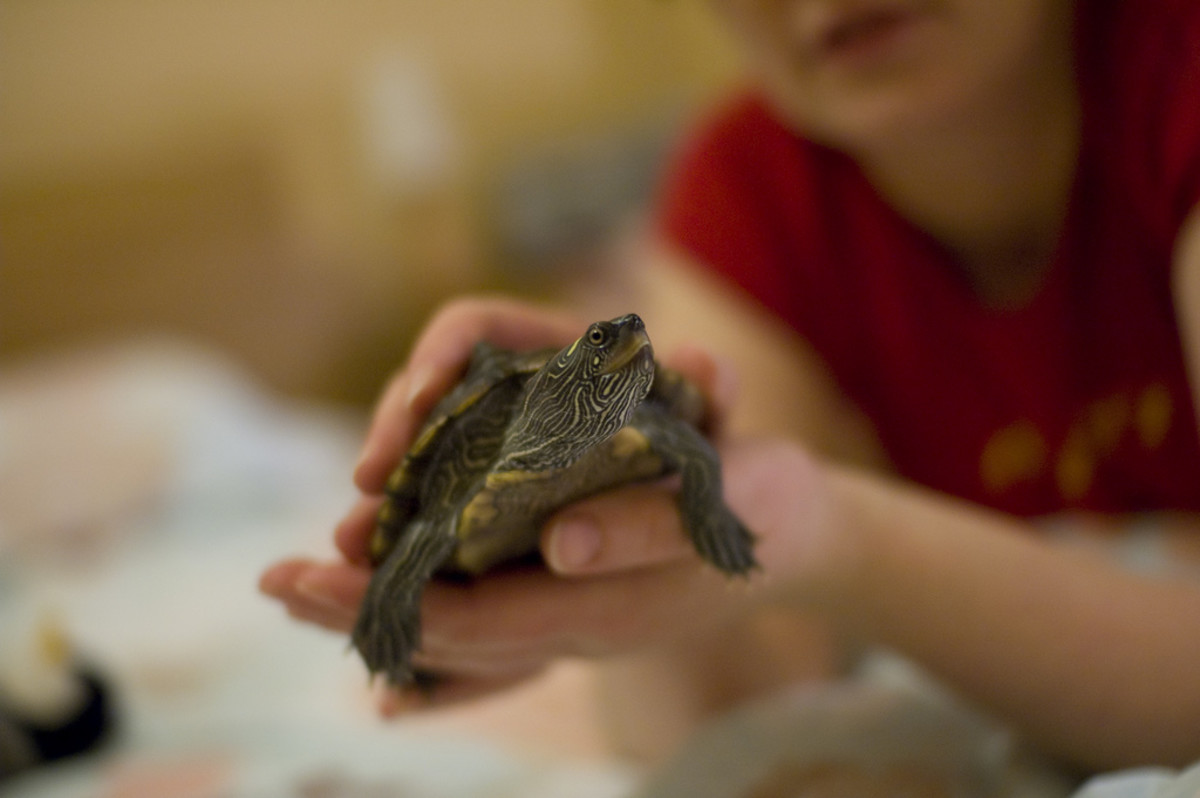
For more on turtle care, including the importance of a spacious aquarium and proper diet, check out our comprehensive guide.
Wrapping It Up: Keeping Your Turtle’s Home Just Right
So, there you have it. Keeping your turtle’s habitat at the right humidity isn’t just a nice-to-have; it’s a must-do. Whether you’re dealing with a Gulf Coast box turtle or a desert-loving ornate, getting that 60% to 80% humidity sweet spot can make all the difference. Try out different methods like moist bedding, water dishes, or even a little gravel trick to see what works best for you. And remember, it’s not just about the numbers on a hygrometer—it’s about watching your turtle thrive. A little effort goes a long way in making sure your shelled friend stays happy and healthy. So, keep experimenting, stay patient, and enjoy the rewarding journey of turtle care!
Frequently Asked Questions
Why is humidity important for turtles?
Humidity helps turtles stay healthy by keeping their skin and shells in good condition. It also helps them breathe better and prevents problems like dry skin and infections.
What happens if the humidity is too low for my turtle?
If the humidity is too low, your turtle might get dry skin and have trouble breathing. They can also get sick more easily because their immune system gets weaker.
How can I tell if my turtle needs more humidity?
If your turtle’s skin looks dry or cracked, or if they are not as active as usual, they might need more humidity. You can also check their enclosure with a hygrometer to make sure the humidity is right.
What are some ways to increase humidity for my turtle?
You can increase humidity by adding more water dishes, using a humidifier, or misting the enclosure with water. Adding plants and covering part of the enclosure can also help keep moisture in.
Can too much humidity be bad for turtles?
Yes, too much humidity can cause problems like mold and bacteria growth. It can also make your turtle’s environment too cold and damp, which isn’t healthy for them.
Do different turtle species need different humidity levels?
Yes, different turtle species have different humidity needs. For example, box turtles usually need 60% to 80% humidity, while desert turtles need less. It’s important to know what your specific turtle needs.
